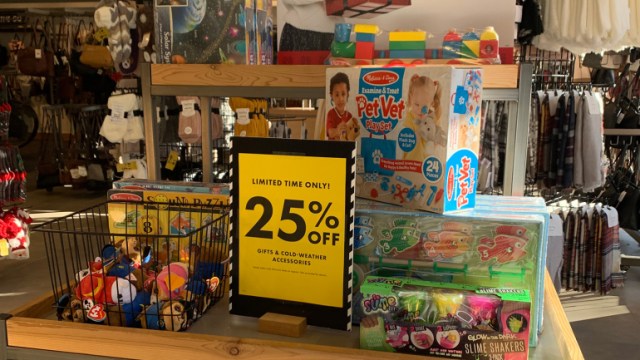In the world of sales and purchases, price is an important factor when it comes to consumer decisions, and this is the reason why a series of attractive posters are spread across store shelves to persuade customers to buy a specific product, even if they don't need it.
In this report, the Spanish site "Khanyal" reviews some characteristics of the world of shopping to reveal the secrets of discounts and promotions offered by shops, which creates for us the illusion of saving and taking advantage of opportunities.
Is the 50% discount real?
This strategy is very common in all types of stores, and almost any time of the year, and economist Ariel Baños believes that this method is very simple to attract the consumer, since these products that are covered by the discount are often higher or the same in other stores that do not Discounts apply to them, but when the customer sees that they are carrying a special price, he may decide to purchase them.
In his book, "Setting Pricing for Profits," Peter Hill, pricing and market specialist, tried to decipher the beliefs about these promotional offers.
According to Hill, stores in fact inflate the advance price of a product to compensate for the alleged 50% discount. Another common thing is that stores raise prices before sales, and as such the seller will continue to make the same profits, or make more profits, regardless of Public discounts.
Prices ending in nine
American researchers who specialize in consumer behavior, Manoj Thomas and Vicky Morowitz, both conducted a study on the cognitive impact of the last number of the price on the minds of consumers.
The results concluded that reading from left to right if two products offer one price of 9.99 and the other 10.00 makes us think that the first price is less expensive, which immediately attracts the attention of the consumer, even if the difference is a penny.
Bargain for the price
Many are trying to agree with the seller on a preferential price for a specific product, in what is known as "bargaining," and we realize that this is more possible with smaller organizations or in shops.
Because it is possible that the person who sells us the product is the owner himself, and is the only person who can take these measures based on factors of production, such as investing to develop the product, and for this reason, bargaining may not be the right thing in all circumstances.
Lowercase letters
People rarely notice this, but reading the lowercase letters under the price tags or hidden in the warranties is necessary most of the time, because those handwritten texts - which the customer often does not notice - include the real conditions for using the product, which must be seen before Buy it.
Whether it determines what a promotional offer is so that the consumer is not surprised by the price when paying, or explains the features that are included in the service, it is always important to read these sections.
Price and quality
Paying more money for a product or service does not mean that it will be of high quality, and vice versa, and in fact factors such as supply and demand play an important role when determining the price of goods.
Maria Valero, a specialist in finance and savings, stresses that it is better for the buyer to compare the characteristics and added values of products, which are between at least two options, rather than buying what one wants only because of the difference in prices, and it is better to pay money for something that meets your personal needs, rather than focusing only on Price difference.
Is price the most important thing?
If we ask ourselves: What makes us decide to shop from a specific store or buy a product and not others? Our answers are likely to be very different, and according to Peter Hill, details such as a good deal, promotions, delivery service, additional guarantees, different payment methods and continuity of service; Make the customer prefer one store over another; It is called "value added".

